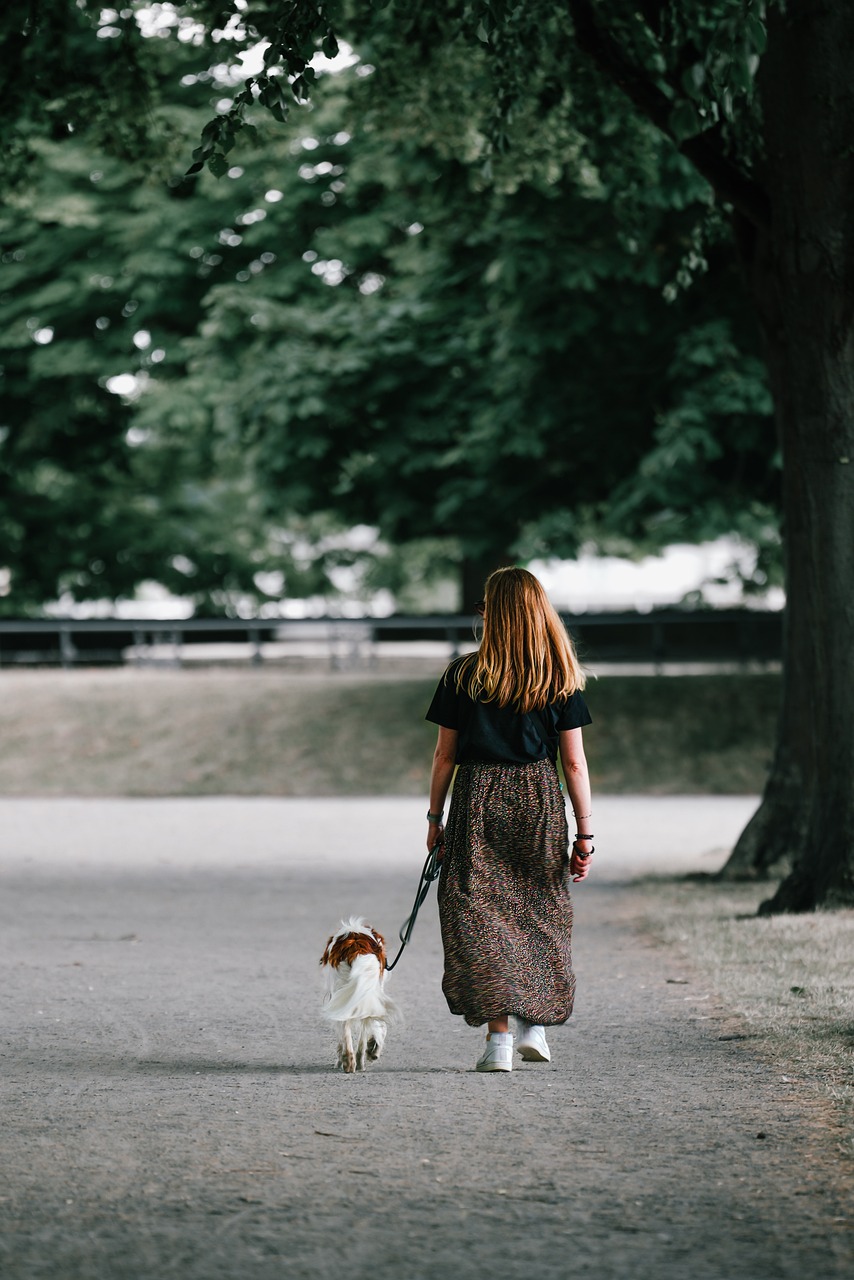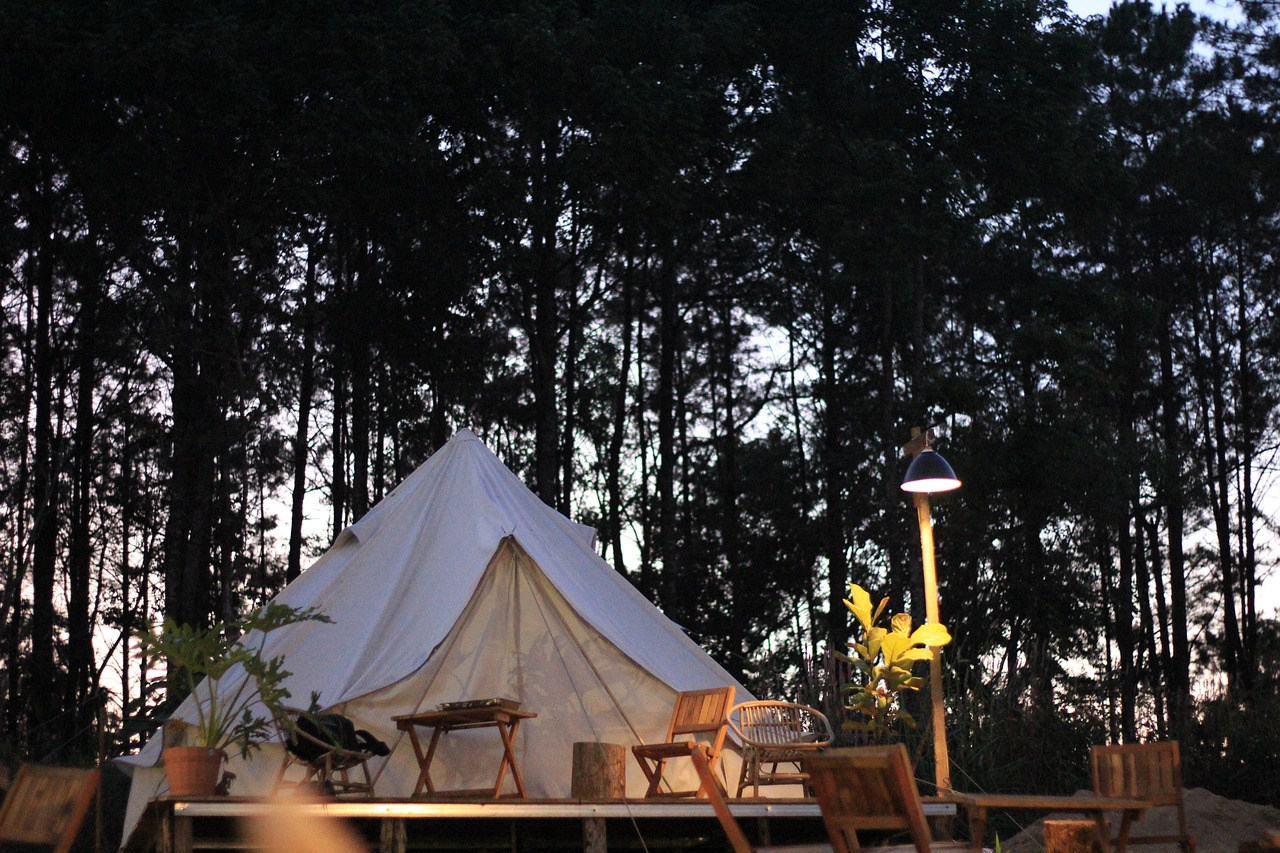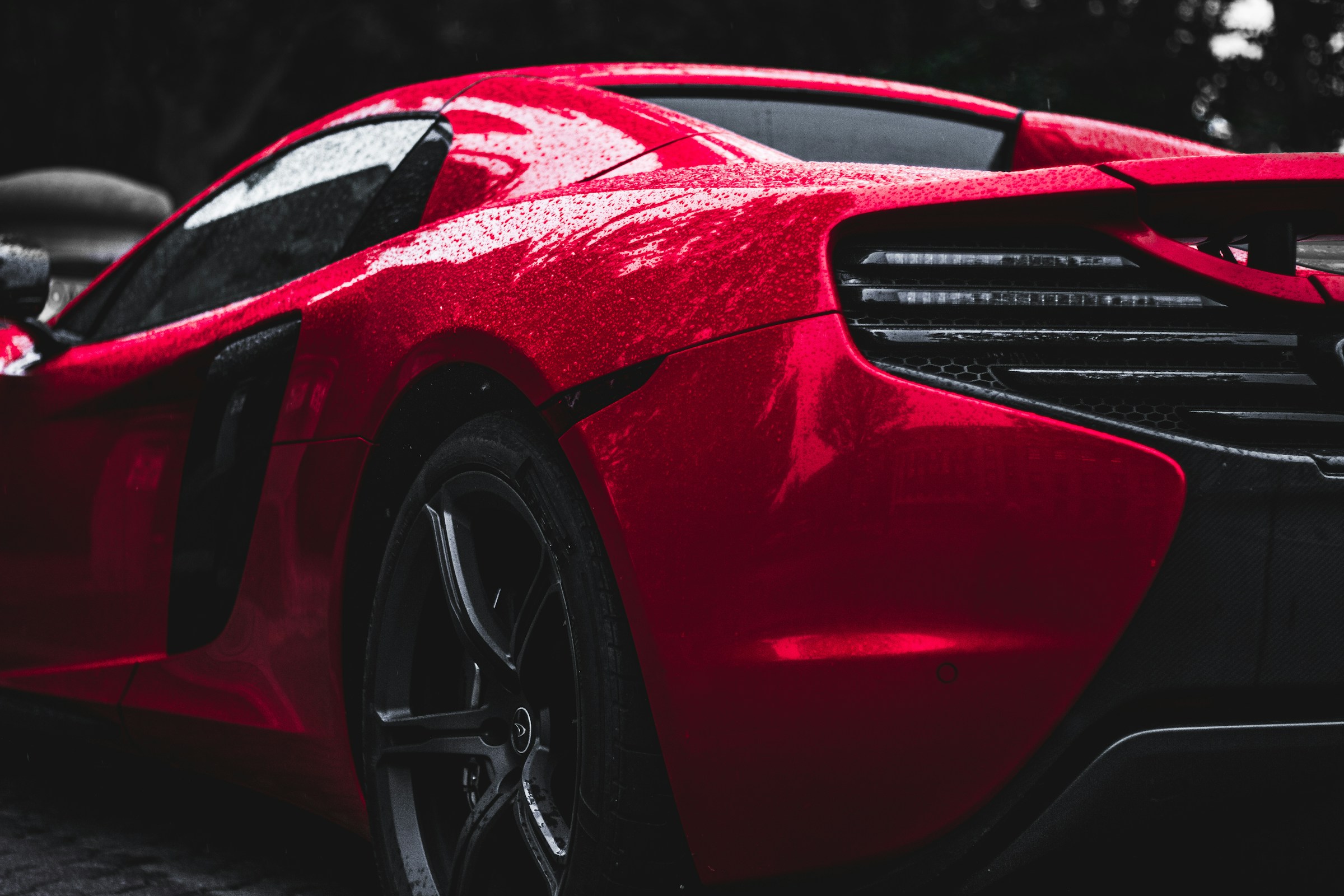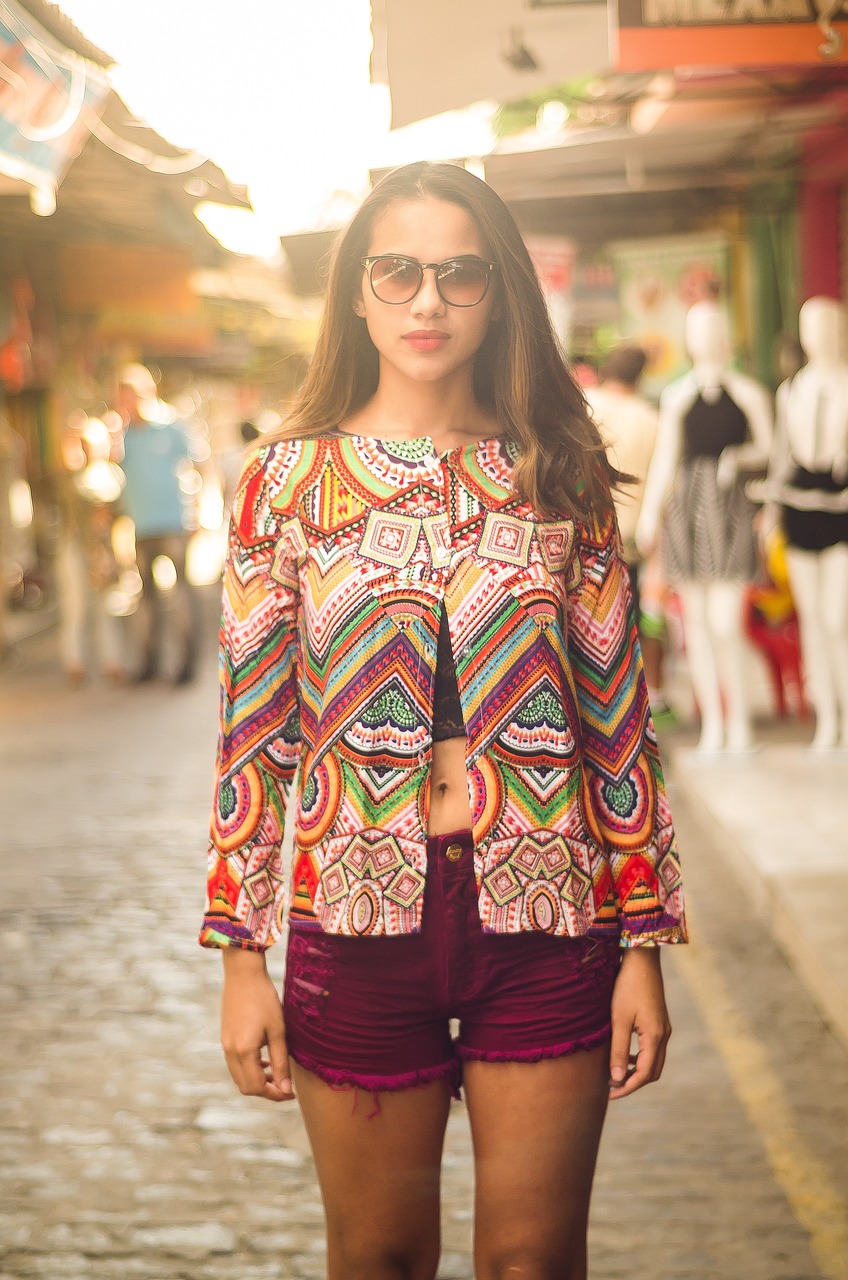Bridging Realities: The Convergence of Traditional Art & Virtual Reality
Introduction: Embark on an exploration of a new artistic frontier, where brush strokes meet bytes and pixels, and traditional artistry melds with the digital universe. The intersection of traditional art and virtual reality is a fresh and fascinating topic that is beginning to resonate across the globe.
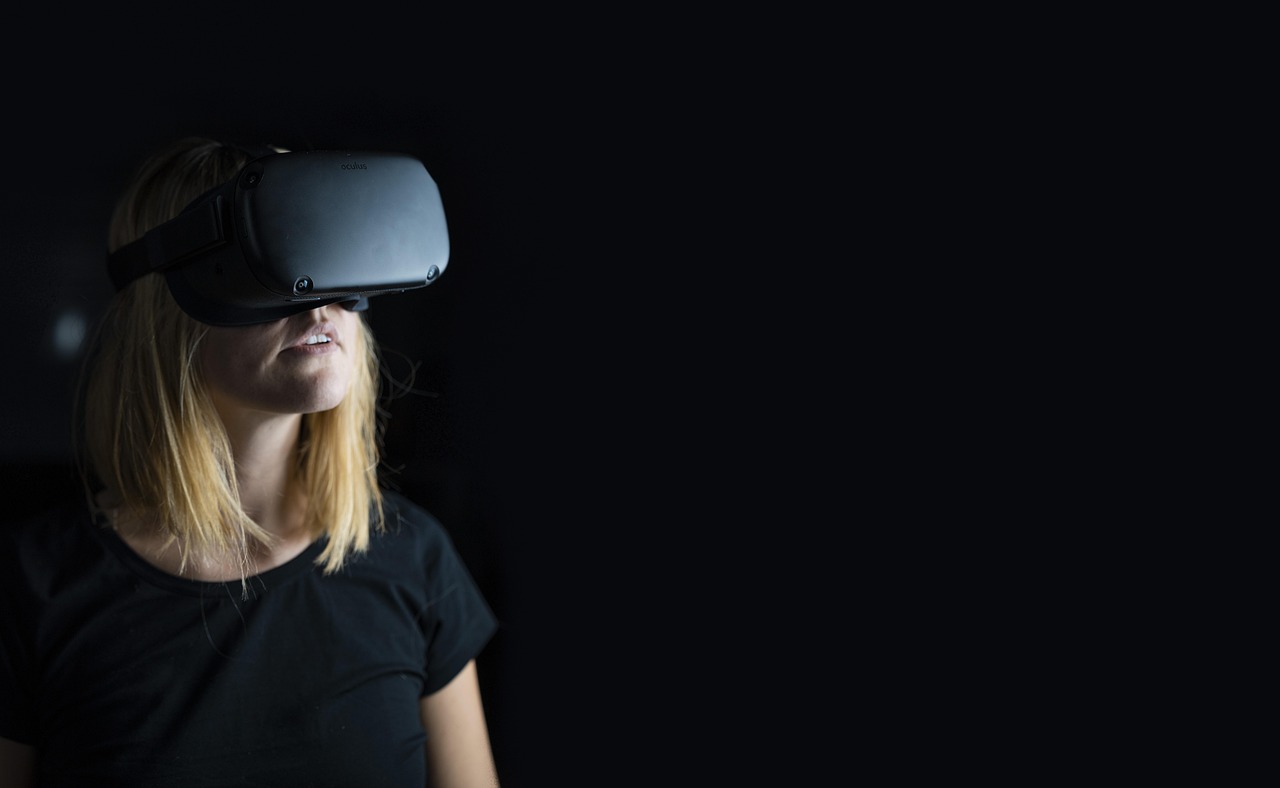
A Historical Overview of Artistic Expression
Art has been a fundamental part of human expression for millennia, from the cave paintings of prehistoric times to the renaissance masterpieces that have shaped our understanding of beauty and aesthetics. Each era of artistry has been marked by distinctive techniques, styles, and mediums, reflecting the zeitgeist of the time. Our current digital era, influenced heavily by advancements in technology, is pushing the boundaries of artistic expression and challenging the very definition of art.
The Advent of Virtual Reality in Art
Virtual reality (VR) is a recent technological advancement that has revolutionized various sectors, including the arts. It offers an immersive, interactive experience that has the potential to redefine the way we appreciate and engage with art. Initially, VR was seen primarily as a tool for gaming and entertainment, but over the past decade, it has made significant inroads into the world of art, with artists beginning to experiment with VR to create new, immersive experiences.
The Fusion of Traditional Art and VR
Artists known for their traditional work have begun to experiment with VR, bringing their unique styles and techniques into the digital realm. This fusion of the old and new has resulted in a new wave of artistic expression. Traditional art forms such as painting, sculpture, and installation are being recreated in VR, allowing audiences to engage with the artwork in novel ways, often participating in the creation process. This interactive element is transforming the typically passive experience of art appreciation into an active, participatory event.
The Impact and Reception of VR in Art
The impact of VR on the art world has been profound, with critics, scholars, and audiences alike grappling with this new medium. While some purists argue that VR dilutes the essence of traditional art, others praise its ability to democratize art and make it accessible to a wider audience. The reception of VR art has been mixed, but there is no denying its growing influence. Major art festivals and exhibitions are increasingly featuring VR installations, indicating a growing acceptance of this new medium within the art community.
The Future: A New Chapter in Artistic Expression
As artists continue to experiment with VR, we can expect to see more innovative, immersive experiences that challenge our understanding of art. Traditional art and VR are not mutually exclusive. Instead, they can coexist, each enriching the other to create a more vibrant and diverse artistic landscape. This convergence of traditional art and VR is not just a fleeting trend. It represents a new chapter in the story of artistic expression, one that promises to reshape the art world in exciting and unpredictable ways.
